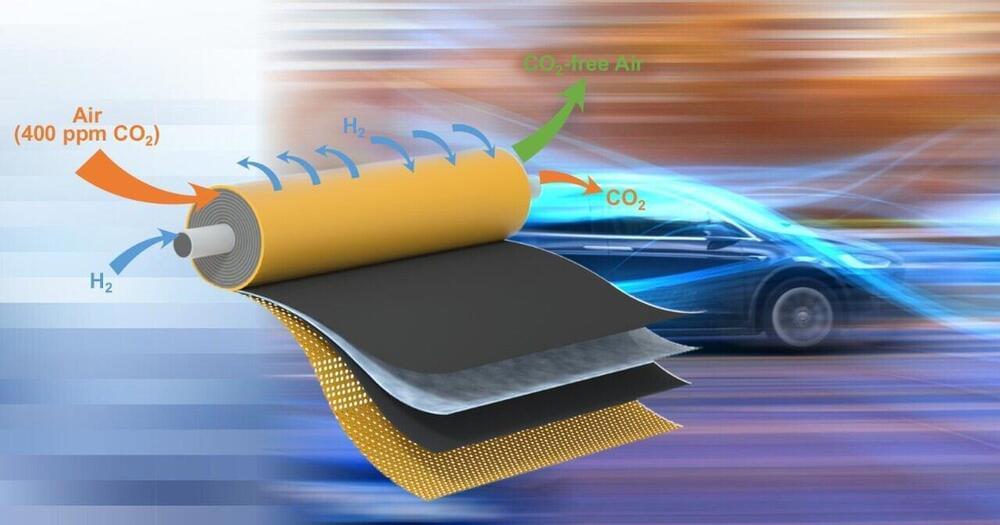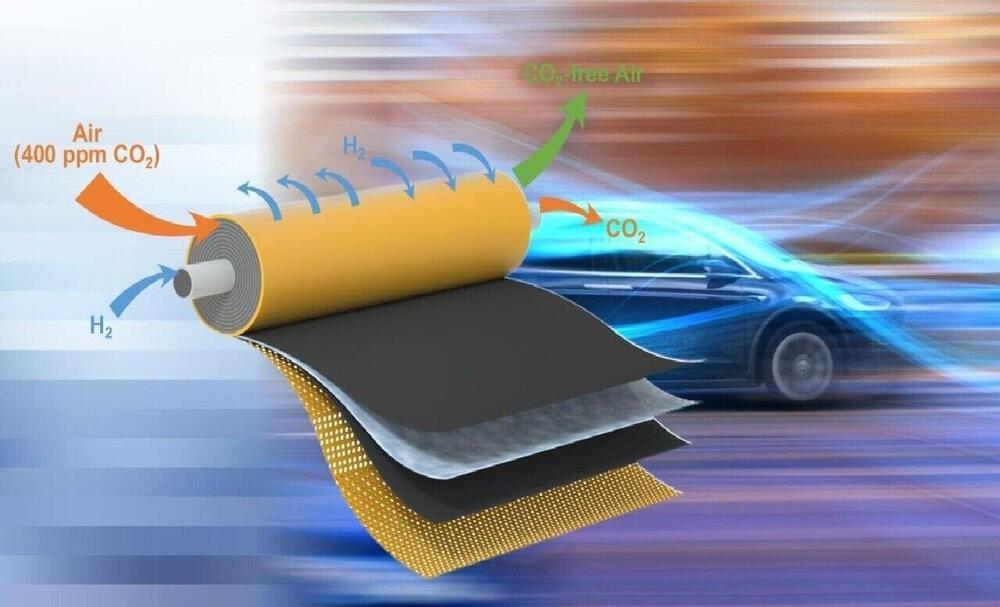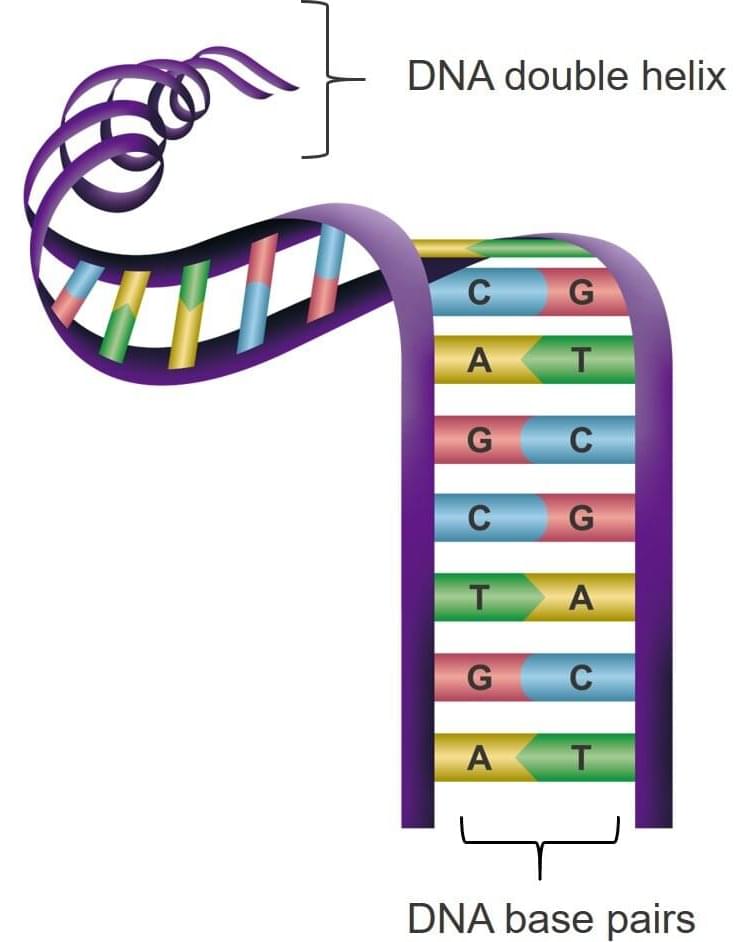Feb 7, 2022
Keren Haruvi — President, Sandoz US, Head Of North America — Global Generic Medicine Access For All
Posted by Ira S. Pastor in categories: biotech/medical, business, chemistry, economics, finance
Pioneering global generic medicine access to improve and extend people’s lives — keren haruvi snir-president, sandoz US, head of north america.
Keren Haruvi is President of Sandoz US and Head of their North America business (https://www.novartis.us/about-us/our-leadership/us-country-l…n-haruvi).

















